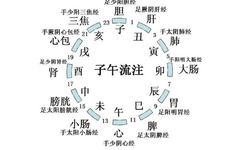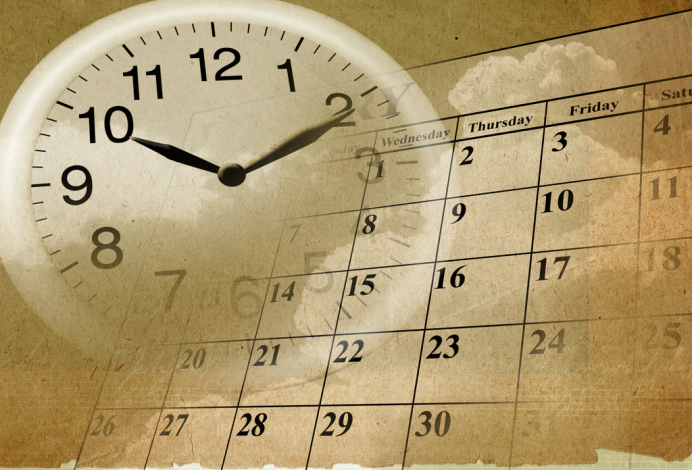
In recent years, with the revival and popularization of Traditional Chinese Medicine (TCM) and the increasing number of people in sub-health states, the general public has actively engaged in the study and development of TCM. Basic knowledge of TCM has been widely disseminated through major media outlets, including common herbal formulas and treatment methods such as acupuncture and massage, greatly enhancing the public’s enthusiasm for learning TCM. This not only preserves TCM but also provides simple and convenient solutions to health and sub-health issues encountered by the public.
Traditional TCM therapies have been diverse for thousands of years, including not only the internal and external use of traditional Chinese herbs but also acupuncture, moxibustion, massage, and exercises like Daoyin (Five Animal Frolics, Eight Pieces of Brocade, Yi Jin Jing, etc.). Today, I would like to introduce a relatively unique traditional therapy method, which is the time-based treatment and health preservation in TCM. The concept of time-based treatment in TCM may be unfamiliar to many, or perhaps some have heard of it, as it is a deeper aspect of TCM knowledge. Some may have encountered a method called “Zi Wu Liu Zhu” (Time Flow of Meridians) in the media. Indeed, this concept exists and is considered a profound aspect of TCM, perhaps the “highest realm” of TCM. Let me provide some popular science and necessary “concept corrections” regarding this. Why is there a need for concept correction in popular science? Let me explain.
“Zi Wu Liu Zhu” is based on the theory that TCM acupuncture aligns with the principle of “the human body corresponds with heaven and earth,” suggesting that the functional activities and pathological changes of the human body are influenced by natural climatic changes and time, presenting certain regularities. According to this regularity, choosing the appropriate time to treat diseases can yield better results. Hence, the concepts of “treating according to time,” “timed acupuncture,” and “timed medication” are proposed. Zi Wu Liu Zhu is a specific operational method of acupuncture based on the differentiation of syndromes along the meridians at specific times, formulated according to the regularity of Qi and blood in the meridians being influenced by nature, sometimes flourishing and sometimes declining. Its meaning is that the Qi and blood in the human body circulate in a timely manner, and using this method, one can deduce which diseases should be treated at which time and which acupoints should be used. This is the professional use in acupuncture, which later developed into a method praised for health preservation.Currently, academia and media use the theory of “twelve meridians corresponding to twelve time periods” for health preservation: (The following is an explanation from Baidu Encyclopedia and does not represent the author’s personal stance) TCM philosophy advocates the unity of heaven and man, believing that humans are part of nature, and human habits should conform to natural laws. The rise and fall of human organs are linked to the twelve time periods, orderly and interconnected:
Zi Shi (11 PM to 1 AM), the Gallbladder Meridian is at its peak.
Chou Shi (1 AM to 3 AM), the Liver Meridian is at its peak.
Yin Shi (3 AM to 5 AM), the Lung Meridian is at its peak.
Mao Shi (5 AM to 7 AM), the Large Intestine Meridian is at its peak.
Chen Shi (7 AM to 9 AM), the Stomach Meridian is at its peak.
Si Shi (9 AM to 11 AM), the Spleen Meridian is at its peak.
Wu Shi (11 AM to 1 PM), the Heart Meridian is at its peak.
Wei Shi (1 PM to 3 PM), the Small Intestine Meridian is at its peak.
Shen Shi (3 PM to 5 PM), the Bladder Meridian is at its peak.
You Shi (5 PM to 7 PM), the Kidney Meridian is at its peak.
Xu Shi (7 PM to 9 PM), the Pericardium Meridian is at its peak.
Hai Shi (9 PM to 11 PM), the Triple Burner Meridian is at its peak.
Simple mnemonic: During Yin Shi, Qi and blood flow into the lungs; during Mao Shi, the large intestine; during Chen Shi, the stomach; during Si Shi, the spleen; during Wu Shi, the heart; during Wei Shi, the small intestine; during Shen Shi, the bladder; during You Shi, the kidneys; during Xu Shi, the pericardium; during Hai Shi, the triple burner; during Zi Shi, the gallbladder; during Chou Shi, the liver.
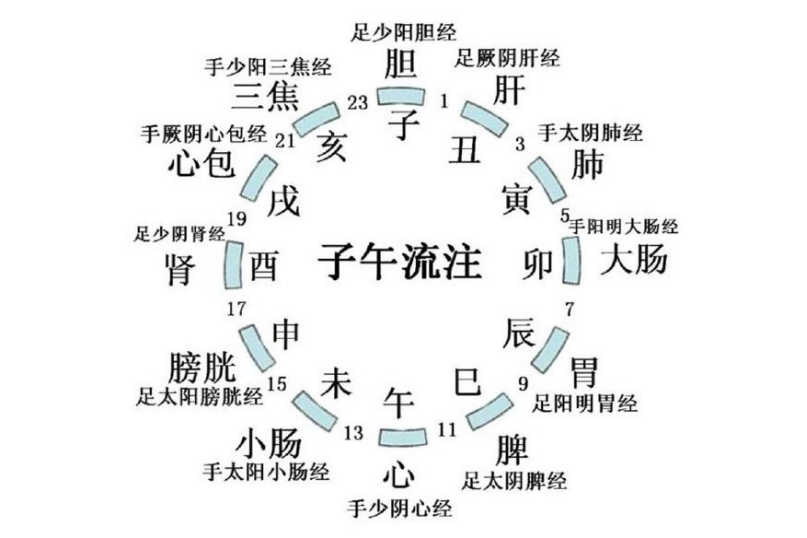
The above “scheme” is the most commonly heard explanation among the public and is well-discussed, even recognized and praised by the current professional acupuncture academic community. Since this explanation is not difficult to understand and grasp, it has been widely circulated and implemented. For example, many people adjust their daily routines or perform local massages and tapping according to the above explanation. However, the problem is that the above explanation of Zi Wu Liu Zhu is not appropriate and does not hold up to scrutiny. Why do I say this? At this point, we must mention the foundation of TCM, which is the study of “Qi” and its movement patterns. All life activities of the human body are driven by the movement of Qi, hence the saying, “the most important thing for a person is that breath.” At this point, we must bring out the “golden ancestor” of TCM, the Huangdi Neijing (Yellow Emperor’s Inner Canon). The Huangdi Neijing is divided into two parts: Suwen (Plain Questions) and Lingshu (Spiritual Pivot), both discussing the foundational theories and advanced content of TCM, but Lingshu is the classic of acupuncture, focusing more on the physiological functions and dynamic changes of Qi. Chapters fifteen to eighteen of Lingshu specifically discuss the movement patterns of Qi in the human body.
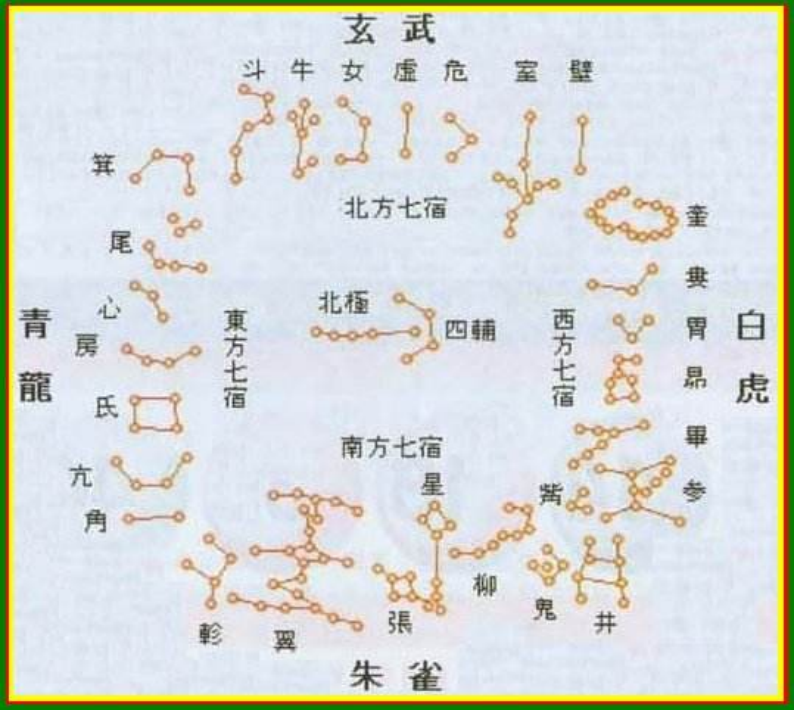
The ancient concept of time was established through the observation of sundials and “copper vessels for measuring time” as well as the observation of celestial phenomena, particularly the movement of the Big Dipper around the twenty-eight lunar mansions.
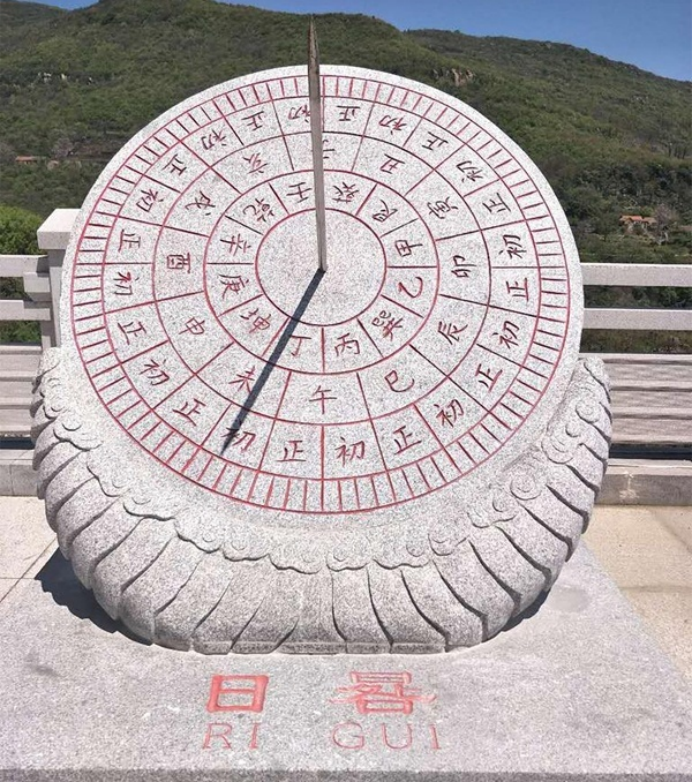
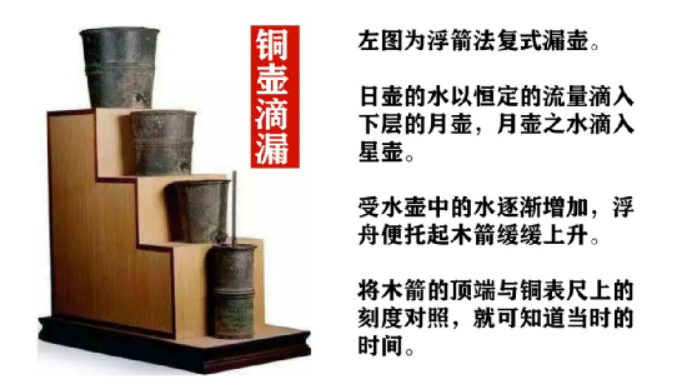
During the day, when the sun is out, the sundial is observed, and at night or on cloudy days, the copper vessel is used to measure time (many have heard of the existence of the “night watchman,” where villagers collectively hired a craftsman to make a copper vessel and appointed someone to watch it and report the time accurately).
In Lingshu, Chapter Fifteen: “The heavens revolve around the twenty-eight mansions, each with thirty-six divisions; the Qi of humans circulates one round, with one thousand eight divisions, and the sun travels through the twenty-eight mansions. The human meridians, up and down, left and right, front and back, total twenty-eight meridians, with a total length of sixteen zhang and two chi, corresponding to the twenty-eight mansions, with water flowing down a hundred divisions to divide day and night. Therefore, with each breath, the meridians move twice, Qi travels three inches, and with ten breaths, Qi travels six feet; with two hundred seventy breaths, Qi travels sixteen zhang and two chi, circulating through the body, completing one round, with water flowing down two divisions, and the sun travels twenty-five minutes. With five hundred forty breaths, Qi travels two rounds through the body, with water flowing down four divisions, and the sun travels forty minutes. With two thousand seven hundred breaths, Qi travels ten rounds through the body, with water flowing down twenty divisions, and the sun travels five mansions and twenty-five minutes. With thirteen thousand five hundred breaths, Qi travels fifty rounds through the body, with water flowing down a hundred divisions, and the sun travels through twenty-eight mansions, and the water flows down to the end of the meridians.”
There is a lot of information contained here. To briefly explain, it records a total of twenty-eight meridians in the human body, twelve primary meridians (twenty-four in total) + Ren and Du meridians + Yin Qiao and Yang Qiao meridians (divided by gender, male left and female right), with a total length of twenty-eight meridians being sixteen zhang and two chi. Each breath is one “breath,” and Qi travels six inches (as breathing drives Qi, when breathing stops, Qi also stops, and life activities cease, hence the saying, “the most important thing for a person is that breath”). To walk through the twenty-eight meridians requires a total of two hundred seventy breaths, taking two divisions of time. According to Lingshu, Chapter Seventy-Six: “In one day and night, water flows down a hundred divisions.” Divided into twenty-four hours (according to modern astronomical standards, a planetary day is 23 hours, 56 minutes, and 4 seconds), two divisions would be approximately half an hour. Thus, we can clearly see that the time required for Qi to circulate through the twenty-eight meridians is only about half an hour, so how can “one meridian correspond to one time period”? This is inherently absurd and does not hold up at all.
In the Huangdi Neijing, there are only two types of Qi in the human body: Ying Qi (Nutritional Qi) and Wei Qi (Defensive Qi). Ying Qi is generated in the middle jiao, while Wei Qi emerges from the lower jiao. This is specifically explained in Lingshu, Chapter Eighteen: “The Yellow Emperor asked Qi Bo: Where does a person receive Qi? Where do Yin and Yang meet? What Qi is Ying? What Qi is Wei? Where does Ying originate? Where does Wei meet? The old and the young have different Qi, Yin and Yang are in different positions, I wish to know their meeting points. Qi Bo replied: People receive Qi from grains, which enter the stomach and are transmitted to the lungs, with all the five organs and six bowels receiving Qi. The clear is Ying, the turbid is Wei. Ying is within the meridians, Wei is outside the meridians. Ying circulates without rest, fifty times and then returns to the great meeting, Yin and Yang interpenetrate, like a ring without end. Wei Qi circulates in Yin twenty-five times and in Yang twenty-five times, divided into day and night, hence Qi rises in Yang and stops in Yin. Therefore, it is said that at noon, Yang rises, and at midnight, Yin rises. Hence, Taiyin governs the interior, and Yangming governs the exterior, each circulating twenty-five times, divided into day and night. At midnight, Yin rises, and after midnight, Yang declines, and when Yin is exhausted, Yang receives Qi. At noon, Yang rises, and in the evening, Yang declines, and when the sun sets, Yang is exhausted, and Yin receives Qi. At midnight, there is a great meeting, and all people are asleep, called the union of Yin. At dawn, when Yin is exhausted, Yang receives Qi, thus, there is no self, and one is in harmony with heaven and earth.” Ying Qi and Wei Qi are generated simultaneously and circulate throughout the body, both circulating fifty times a day, hence “Fifty Circulations” (here, “circulations” refers to frequency, not Ying Qi). To understand the Huangdi Neijing, one must be able to differentiate this. The specific path of circulation is described in Lingshu, Chapter Sixteen: The Yellow Emperor said: The path of Ying Qi is that it enters the stomach as a treasure. Grains enter the stomach, then transmitted to the lungs, overflowing within, and dispersing outside. Those who are diligent in practice circulate through the meridians, constantly circulating without end, this is the record of heaven and earth. Therefore, Qi emerges from Taiyin, enters the hand Yangming, ascends to the foot Yangming, descends to the toes, and enters the big toe, merging with Taiyin; it ascends to the hip, enters the heart from the spleen; it follows the hand Shaoyin, exits the armpit, enters the little finger, merging with hand Taiyang; … it enters the Gallbladder from the Sanjiao, exits the flank, enters the foot Shaoyang; descends to the toes, re-enters the big toe, merging with foot Jueyin, ascends to the liver, enters the lungs from the liver, ascends through the throat, and enters the mouth. The branches are above the forehead, following the crown, descending the neck, following the spine, and entering the sacrum, which is the Du meridian; it connects to the Yin organs, passing through the hair, entering the navel, ascending through the abdomen, entering the chest, descending into the lungs, and re-emerging from Taiyin. This is the path of Ying Qi; it is the regularity of reverse and forward. What does this mean? In simple terms, when we eat, the food enters the stomach, is digested, and the essence of the grains transforms into Ying and Wei Qi. The path of Ying Qi is “Hand Taiyin – Hand Yangming – Foot Yangming – … Foot Taiyang – Foot Shaoyin – Hand Jueyin – Hand Shaoyang – Foot Shaoyang – Foot Jueyin,” which is precisely the so-called health preservation method of Zi Wu Liu Zhu popular in the industry: Lung during Yin, Large Intestine during Mao, Stomach during Chen, Spleen during Si, Heart during Wu, Small Intestine during Wei, Bladder during Shen, Kidney during You, Pericardium during Xu, Triple Burner during Hai, Gallbladder during Zi, Liver during Chou. However, this does not mean that one meridian corresponds to one time period; it is merely the path of Ying Qi’s circulation pattern, nothing more, and there is no such thing as a time period corresponding to the flourishing and declining of meridians. However, at some point, this was mistakenly taken by the relevant industry as the flourishing and declining of meridians corresponding to time periods, which is indeed absurd. So what about Wei Qi? How does it circulate? What is its path? In Lingshu, Chapter Seventy-Six: The Yellow Emperor asked Qi Bo: I wish to know the circulation of Wei Qi, how does it enter and exit? Qi Bo replied: There are twelve months in a year, twelve time periods in a day, Zi and Wu are the meridians, and Mao and You are the latitudes. The heavens revolve around the twenty-eight mansions, and on one side, there are seven stars, four sevens make twenty-eight stars. Fang and Zhang are the latitudes, and Xu and Zhang are the meridians. Therefore, from Fang to Bi is Yang, and from Zhang to Xin is Yin. Yang governs the day, and Yin governs the night. Therefore, the circulation of Wei Qi is fifty rounds throughout the body in one day and night, with twenty-five rounds during the day and twenty-five rounds during the night, circulating through the five organs.
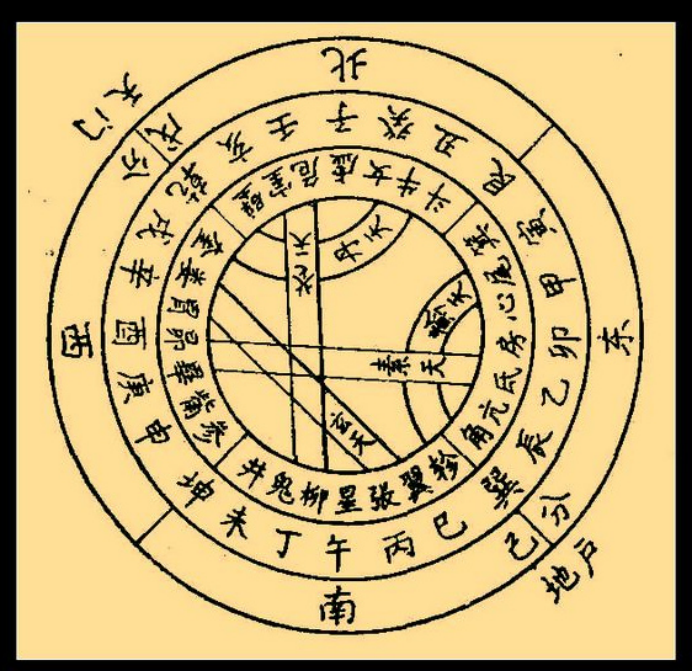
The above image is the oldest text that can be traced back to, the “Tai Shi Tian Yuan Ce,” written around the early Western Zhou period. This image is called “Five Qi Governing Heaven,” encompassing all basic theoretical knowledge of TCM. Indeed, it requires a strong foundation in traditional culture and TCM to fully understand it. The outer two circles consist of the eight trigrams and twelve earthly branches, along with the four hexagrams of Qian, Kun, Gen, and Xun, corresponding to the twenty-four solar terms. Each solar term points to different elements; for example, during the winter solstice, the North Star points to “Zi,” and during the Great Cold, it points to “Chou,” etc. The ancients used this to record the changes in the solar terms throughout the year.
In the above quote, “Fang to Bi is Yang, Zhang to Xin is Yin. Yang governs the day, and Yin governs the night. Therefore, the circulation of Wei Qi is fifty rounds throughout the body in one day and night, with twenty-five rounds during the day and twenty-five rounds during the night, circulating through the five organs.” This indicates that Wei Qi circulates starting from Fang and ending at Bi, which is Yang (i.e., the water flows down fifty divisions during the day on the surface of the human body, and the water flows down fifty divisions during the night into the five organs). Fang corresponds to the east, which is the position of “Zi and Wu as the meridians, Mao and You as the latitudes” (actually, this image represents our Earth, as modern astronomy also shows that the Earth rotates from west to east, with the sun rising in the east).
This corresponds to the time of Yin, which is around five o’clock in the morning. At this time, Wei Qi begins at the first acupoint of the foot Taiyang Bladder Meridian, “Jingming” (Bright Eyes). Why is it called “Jingming”? Because at this time, people are waking up, so they open their eyes, and the eyes opening is called “Jingming.” But what is the regularity? In Lingshu, Chapter Seventy-Six: “When the water flows down one division, the human Qi is in the sun; when it flows down two divisions, the human Qi is in Shaoyang; when it flows down three divisions, the human Qi is in Yangming; when it flows down four divisions, the human Qi is in Yinfen. When it flows down five divisions, the human Qi is in the sun; when it flows down six divisions, the human Qi is in Shaoyang; when it flows down seven divisions, the human Qi is in Yangming; when it flows down eight divisions, the human Qi is in Yinfen. When it flows down nine divisions, the human Qi is in the sun; when it flows down ten divisions, the human Qi is in Shaoyang; when it flows down eleven divisions, the human Qi is in Yangming; when it flows down twelve divisions, the human Qi is in Yinfen. When it flows down thirteen divisions, the human Qi is in the sun; when it flows down fourteen divisions, the human Qi is in Shaoyang; when it flows down fifteen divisions, the human Qi is in Yangming; when it flows down sixteen divisions, the human Qi is in Yinfen. When it flows down seventeen divisions, the human Qi is in the sun; when it flows down eighteen divisions, the human Qi is in Shaoyang; when it flows down nineteen divisions, the human Qi is in Yangming; when it flows down twenty divisions, the human Qi is in Yinfen. When it flows down twenty-one divisions, the human Qi is in the sun; when it flows down twenty-two divisions, the human Qi is in Shaoyang; when it flows down twenty-three divisions, the human Qi is in Yangming; when it flows down twenty-four divisions, the human Qi is in Yinfen. When it flows down twenty-five divisions, the human Qi is in the sun; this is half a day’s measure. From Fang to Bi, it takes fourteen divisions of water to walk fifty divisions during the day on the human body. This is half a day’s measure, and the human Qi circulates through the body in one round, hence the saying that “the sun travels one division, and the human Qi travels one round through the body in ten divisions.”
Thus, the above shows the movement patterns and speeds of the two types of Qi, Ying Qi and Wei Qi, which govern the physiological functions of the human body. The saying, “When Ying and Wei are harmonious, no diseases arise; when Ying and Wei are unbalanced, diseases occur,” conveys this meaning. In TCM, whether for treatment or health preservation, it ultimately revolves around “regulating Qi and breath.” Therefore, smoothing our breathing can already achieve a state of health preservation; one breath is one cycle of life. In Suwen, Chapter One: The Way of Health Preservation of the Ancient True Person: Grasping Yin and Yang, breathing in essence and Qi, independently guarding the spirit, muscles unified, harmonizing Yin and Yang, adjusting to the four seasons, distancing from worldly affairs, accumulating essence and spirit, wandering between heaven and earth, perceiving beyond the eight directions, being in harmony with heaven and earth, following the principles of the eight winds, adapting desires to worldly affairs, without anger or resentment, acting without wanting to be apart from the world, dressing without wanting to be seen by the world, not laboring the body in affairs, internally free from the troubles of thought, focusing on tranquility and joy, achieving self-satisfaction as a goal, the body remains intact, and the spirit does not scatter. All of this relates to the smooth regulation of breathing, calming the spirit, and stabilizing the mind, as this allows the Ying and Wei Qi mechanisms in our body to be smooth and harmonious. Otherwise, diseases will arise.
Therefore, in summary, the so-called “Zi Wu Liu Zhu” is not as simple as it is widely circulated today; on the contrary, it is extremely complex and requires substantial traditional cultural materials and foundational TCM theories to truly grasp. The main reminder is that “one time period does not correspond to the flourishing and declining of one meridian”; this is the crux of this article. Zi Wu Liu Zhu belongs to the operational laws of nature, not limited to the human body. In Suwen, Chapter Twenty-Five: “Humans are born on earth, their fate hangs on heaven, and humans are born from the Qi of heaven and earth, formed by the laws of the four seasons. Whether kings or commoners, all desire to be whole.” (This means that people exist between heaven and earth, above the pivot of heaven, born from the Qi of heaven and earth, and must follow the laws of the four seasons to achieve health, as everyone desires to be whole, meaning to have a healthy body.) Therefore, mastering the operation of the Ying and Wei Qi mechanisms in the human body allows one to grasp the laws of life, aging, illness, and death, which can be used for health preservation and disease treatment. However, the laws are quite complex, and those interested can delve deeper.
Indeed, Zi Wu Liu Zhu is the operational law of the Ying and Wei Qi of heaven and earth. Mastering it serves as a foundation for deeper applications such as the theory of Five Movements and Six Qi, acupuncture based on the time flow of meridians, and the Eight Methods of the Spirit Turtle Flying, all of which are components of TCM’s “Time-Based Treatment”. I will not provide detailed explanations of these here, but those interested, whether citizens, patients, or colleagues, are welcome to visit our acupuncture and massage department to discuss and explore techniques with Deputy Director Li Boxing.

Expert Profile
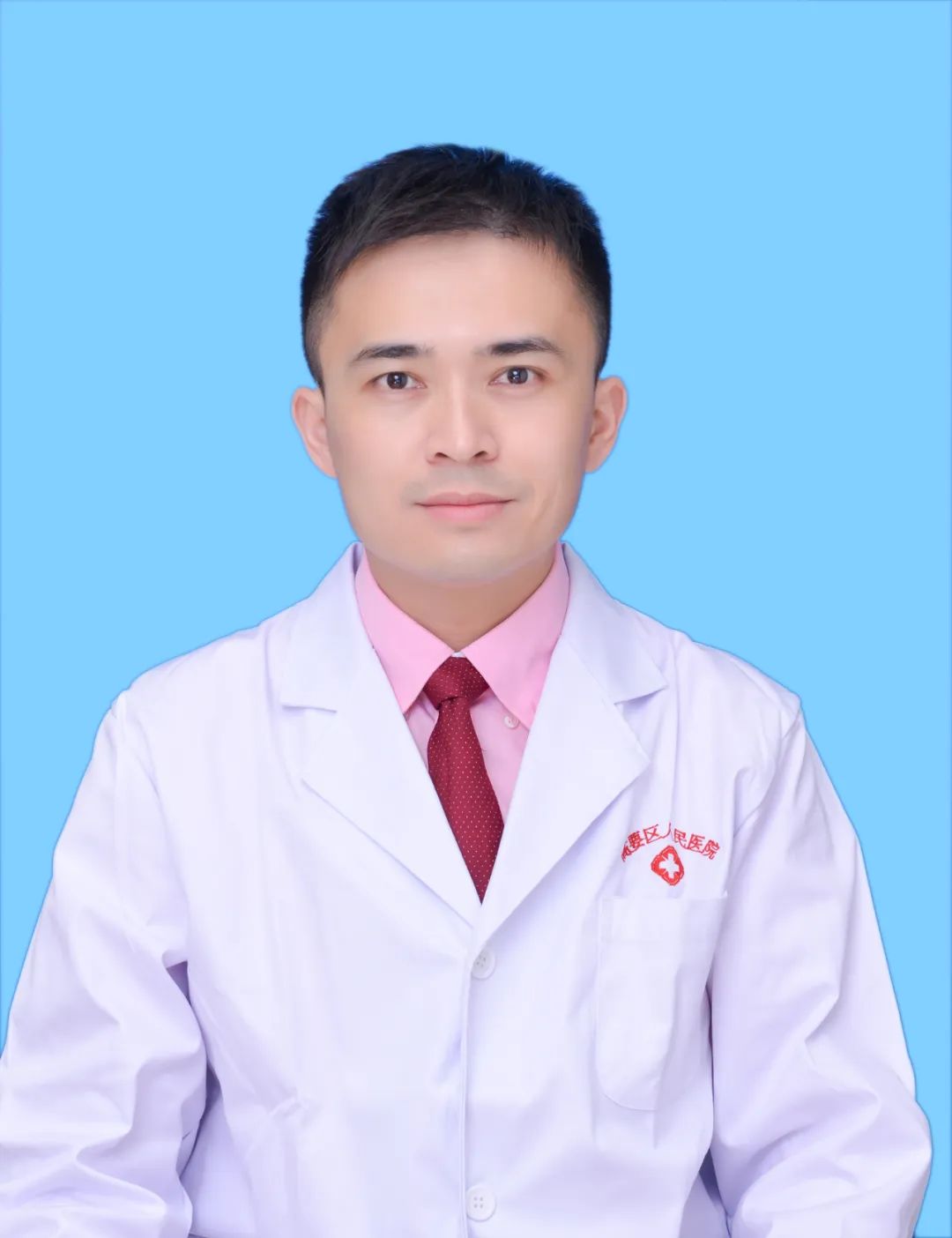
Li Boxing
Deputy Director of Acupuncture and Massage Department
Associate Chief Physician
Graduated in 2006 from Guangzhou University of Chinese Medicine with a full-time bachelor’s degree in acupuncture and massage. He has been working as a physician in the rehabilitation acupuncture and massage department for nearly 18 years, specializing in the use of Chinese medicine and acupuncture to treat various internal diseases, difficult syndromes, spinal-related diseases (neck, shoulder, waist, and leg pain), post-stroke sequelae, insomnia, endocrine disorders, facial paralysis, infertility in men and women, women’s obstetric issues, and various pediatric diseases. He enjoys studying classics such as the Neijing, Nanjing, and Leijing, utilizing traditional astronomical calendars (the twenty-eight lunar mansions, the Jiazi cycle, the theory of Five Movements and Six Qi, and the seventy-two seasonal divisions) to develop individualized and rational treatment plans based on patients’ specific conditions, especially adept at applying the theories of time-based treatment in acupuncture to achieve good results and recognition from many patients.
Contributed/Reviewed by丨Acupuncture and Massage DepartmentEdited by丨Hospital Office
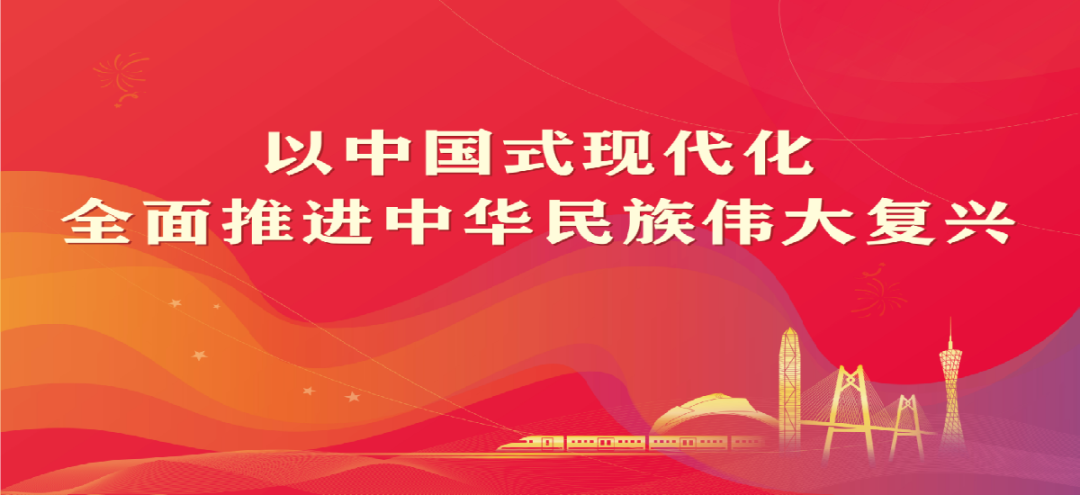
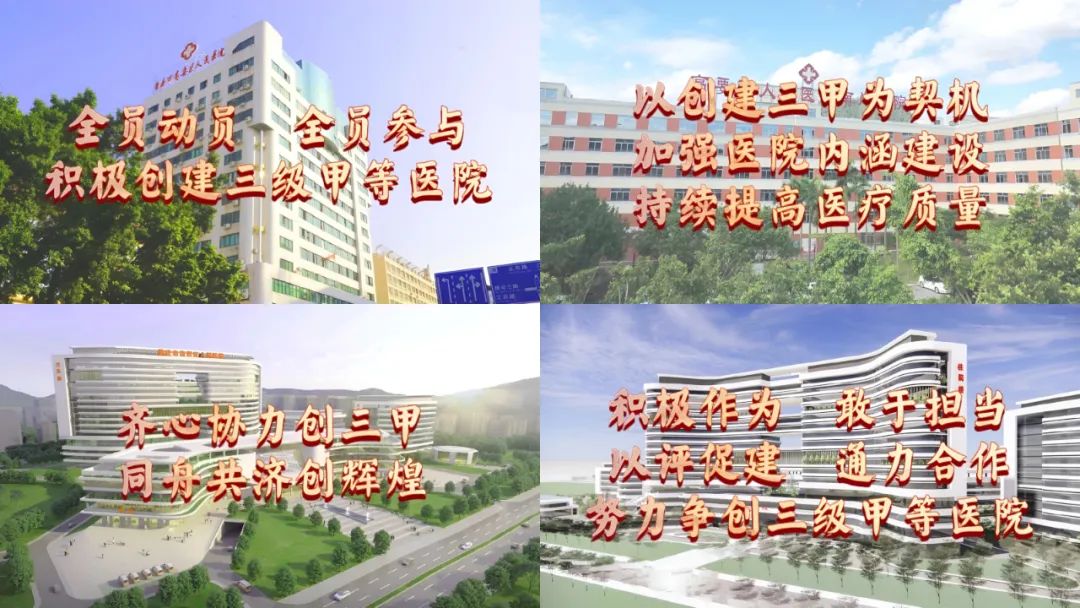
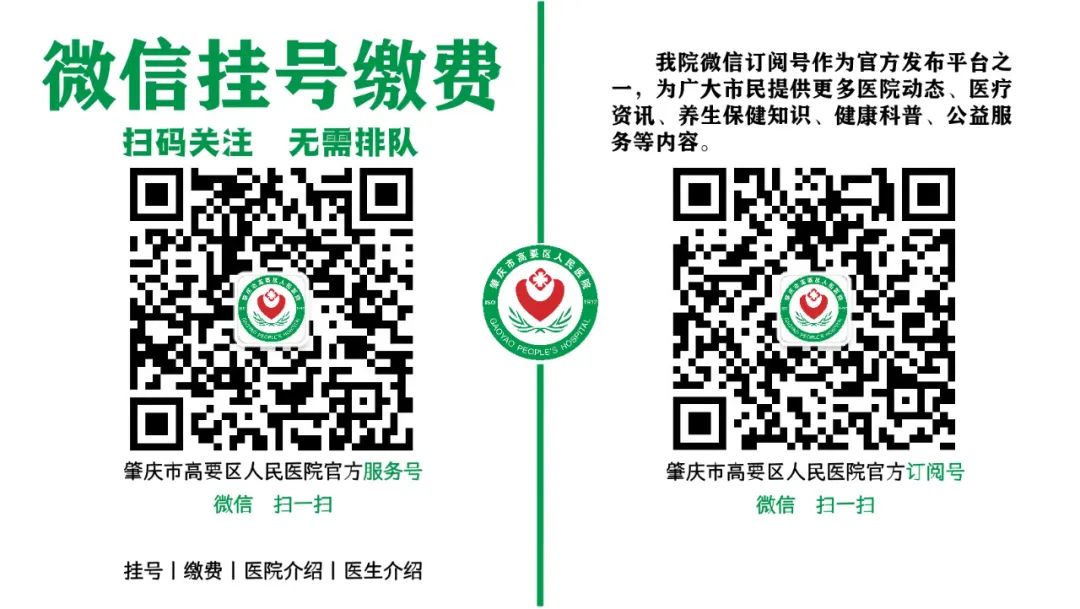 Contributed by Acupuncture and Massage Department, Li Boxing
Contributed by Acupuncture and Massage Department, Li Boxing

